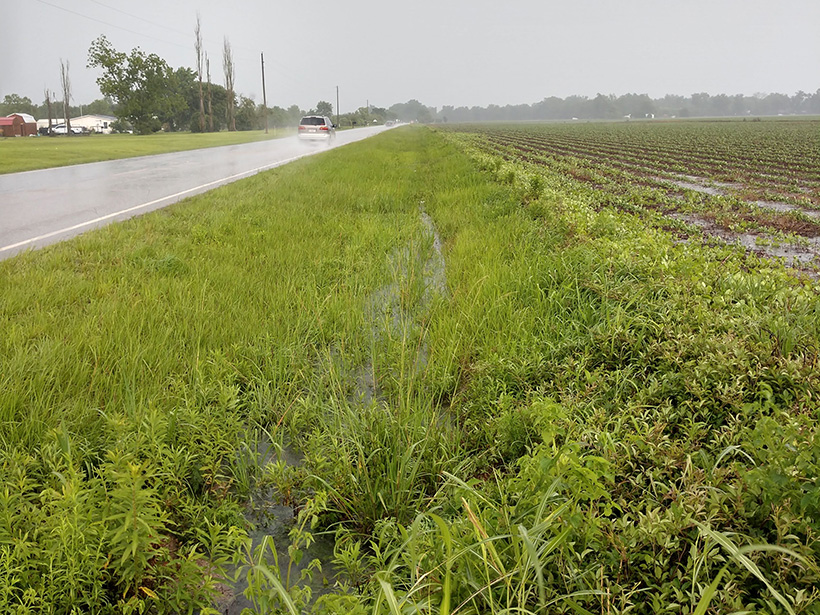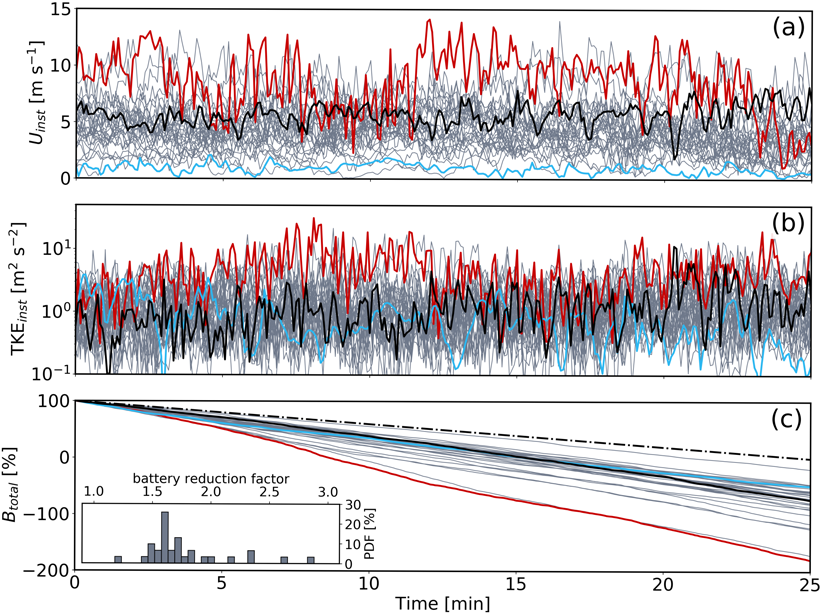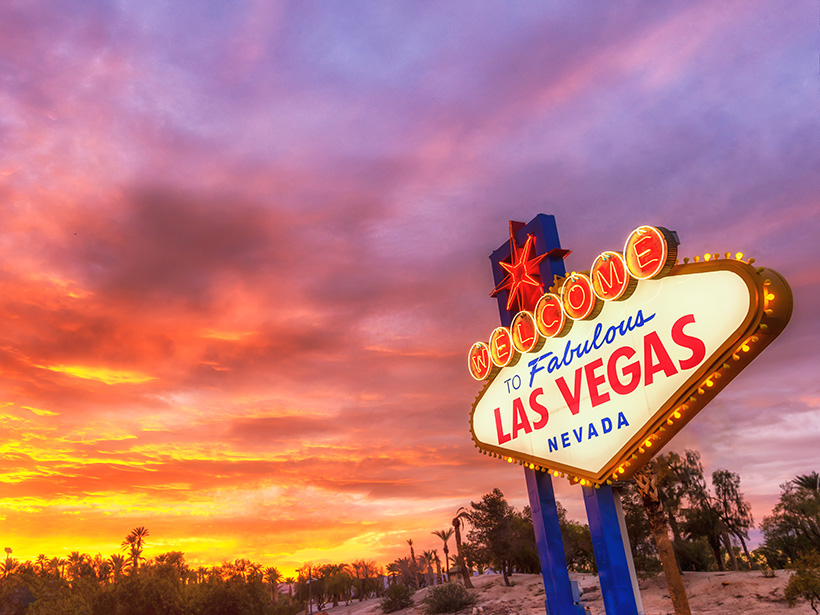Climate change is driving an increase in catastrophic wildfires; consumers see, smell, and taste the effects in their water. Water utilities must prepare for worse times ahead.
cities
Roadside Ditches Are Effective at Nitrogen Removal
Researchers compared the nitrogen removal potential by microbes in ditches that drained forested, urban, and agricultural lands and discovered that roadside ditches are important areas for removing nutrients.
Sowing 1,000 Trees into Shanghai’s Urban Fabric
A new development blends riverside nature with commercial construction.
Aumento de la equidad en los espacios verdes de la ciudad
No todos los residentes citadinos tienen el mismo acceso a los beneficios que brindan los espacios verdes. Para abordar esa inequidad se requiere la participación de la comunidad en cada etapa, desde la planificación hasta el desarrollo y la gestión.
Indian Cities Prepare for Floods with Predictive Technology
The number and intensity of floods are increasing—they can inundate neighborhoods in Chennai in just 15 minutes. New models can pinpoint and help warn vulnerable areas hours or even days in advance.
Modeling Urban-Weather Effects Can Inform Aerial Vehicle Flights
Microscale modeling can be used to understand and predict urban weather with sufficient detail to inform and support flight safety for crewed and uncrewed aerial vehicles.
Is Green Las Vegas Gone Forever?
Living in Geologic Time: Will desertification overtake Nevada’s half-million-year history of wetlands?
The Surprising Root of the Massachusetts Fight Against Natural Gas
Tree lovers are hunting down the cause of arboreal deaths—and may remake the regional energy system in the process.
Growing Equity in City Green Space
City residents don’t all have the same access to the benefits of green space. Addressing that inequity requires community engagement at every stage from planning to development to management.










